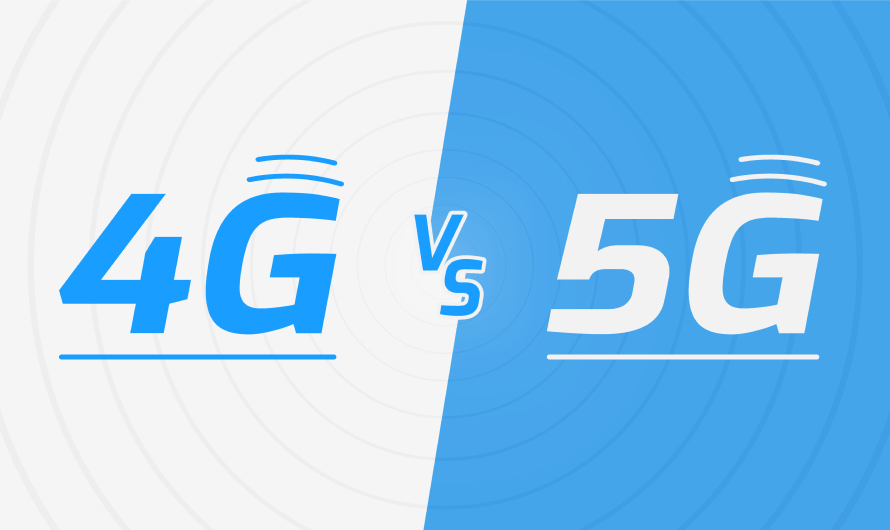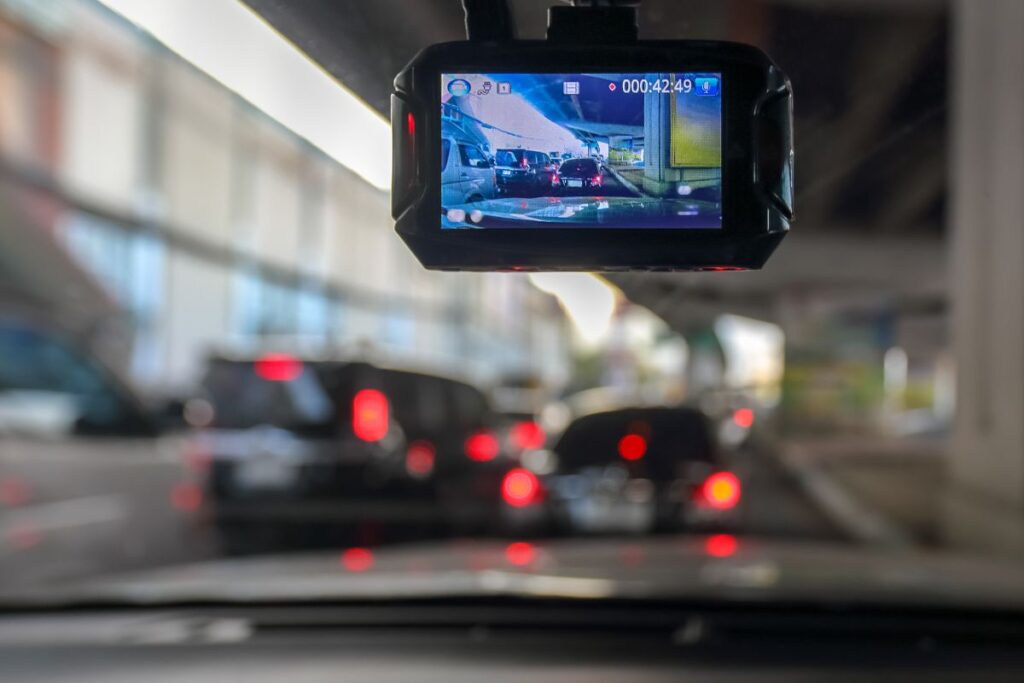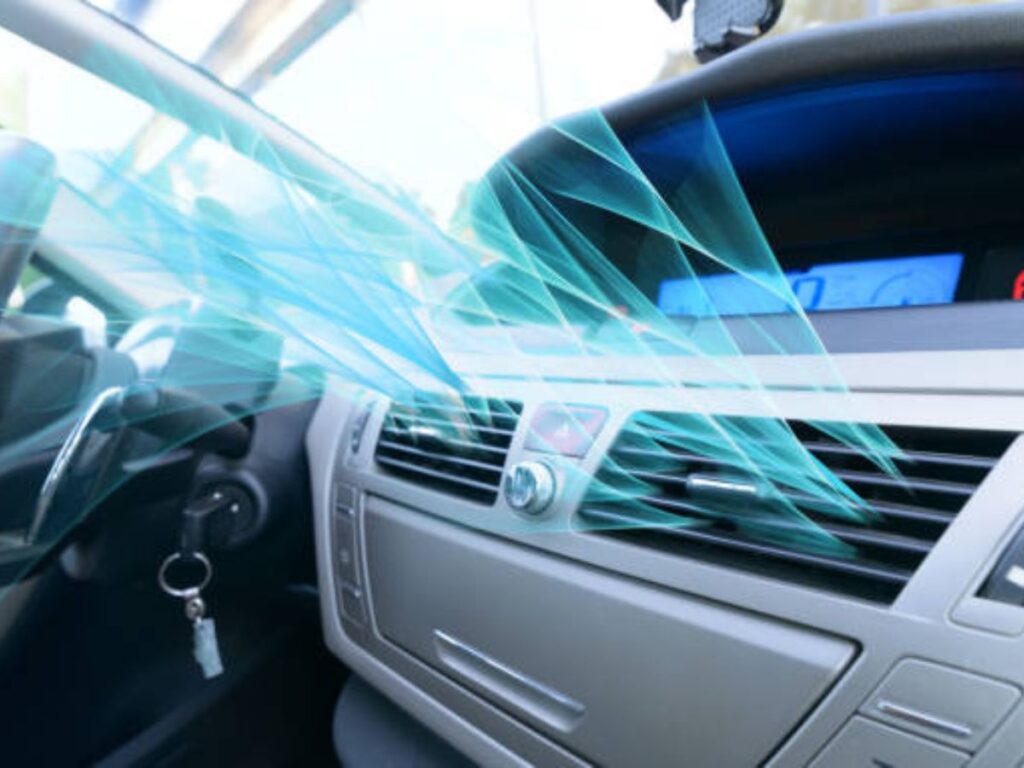The wireless infrastructure of the cellular industry undergoes a significant overhaul once every ten years. While 3G predominated in the 2000s, 4G was the dominant cellular technology in the last ten years. What makes 5g better than 4g? What distinguishes the upcoming 5G networks from the 4G cellular networks you currently use, which made their debut in the US last year, from those that are already in use?
Which technology is superior, 5G vs. 4G, is the subject of intense dispute. However, the fact remains that each has advantages and disadvantages. Check out some core variations, such as 5g vs. 4g speeds, latency, capacity/bandwidth, coverage, 5g frequency, security, regulations, etc.
What is the Difference Between 4g and 5g?
To understand the difference between them, first, we will have to know the differences between the two.
4g – What is it?
Our generation is currently employing 4G cellular technology or a network. The fourth generation – abbreviated as 4G—is the generation that comes after 3G and before 5G. Since its introduction in 2010, it has been extensively embraced by a large population.
Voice over Internet Protocol, increased bandwidth, and higher cell density are just a few benefits that 4G has to offer. Voice, video, and data traffic—the three primary types of traffic that older cellular networks had trouble delivering—are all supported by 4G.
Except for being much quicker than 3G, 4G is a mobile phone network technology that can be used to access the internet and download data, just like its predecessor 3G. It offers cellular network services over a broadband connection.
Its goal is to increase security while giving customers access to high-quality, high-speed, and large-capacity services. Additionally, it brings down the cost of multimedia, internet over IP, and phone and data services. It is also capable of communicating across 2G and 3G networks.
What is 5g?
Wireless network technology’s fifth generation is known as 5G. It is a more advanced cellular network or technology, and by the middle of the 2020s, more people will probably be using it. The 4G network’s gaps will be filled by the 5G network.
It is a system of interconnected networks that links machines, objects, and people. The adoption of 5G services will enhance the user experience because it will offer fast data rates, effective connectivity, vast network capacity, and many other things.
It is constructed using what is known as millimeter waves, a region of the very high-frequency spectrum that ranges from 20 GHz to 96 GHz. The network will be densely populated. It is capable of speeds of up to 2.1 Gbps or 1000 Mbps.
The most recent iteration of cellular technology and the fifth generation of phones are now being developed. It is expected to provide 4G networks with substantially higher speeds, greater dependability, and quicker reaction times.
Now that we know what is 4g and 5g, we can compare them. Some of the differences are listed and explained below;
· Bandwidth/Capacity
Congestion can result from an excessive number of devices attempting to use the network at once. Large numbers of devices put a strain on the network infrastructure, which causes downloads to lag more and data to move at slower rates.
Part of the reason for the lag is that 5G will use the available spectrum considerably more effectively. That problem is anticipated to be resolved in great detail by 5G. It is predicted that the fifth-generation network will have a significant increase in capacity over the fourth generation.
Not only will everyone’s phones have better connectivity as a result, but you’ll also be able to post about attending the big game on social media with more ease. While 5G is split into three distinct bands, 4G only uses a small portion of the spectrum between 600 MHz and 2.5 GHz.
Each band has a unique set of applications, speed frequency range, and use cases for individuals, companies, and sectors of the economy. This indicates that 5G has a significantly higher capacity. Many, many more gadgets will be able to connect to the network.
· Latency
Speed and latency, the amount of time it takes for devices to connect or with the server delivering them information, fluctuate little but significantly. The amount of time between sending a text to a friend’s phone and that friend’s phone recognizing that it has received a new message is known as latency.
It can be compared to the delay that slows down data transfers, regardless of how quickly the link is normally operating. While 5G networks are predicted to dramatically reduce latency to an astonishing 1 millisecond, 4G networks now have a latency of over 50 milliseconds.
Although latency is measured in milliseconds, transmitting and receiving enormous packets of information for something as complicated as video takes a lot of time, so even a small amount of lag can build up.
For many applications where 5G will enable connected devices to rely on the cloud for data processing, such as self-driving cars, where 5G might be used to enable a cloud-based AI to make real-time navigational decisions, reducing latency will be crucial.
· Security and Regulations
Opportunities that are more plentiful also carry more risk. Private mobile networks will be deployed more widely thanks to 5G, and third-party suppliers will have more access to the network, increasing the number of options for hackers.
Determining and putting into practice ways to reduce these risks requires collaboration between suppliers, network operators, and regulators, which is why they are urging it. The good news is that service providers are already protected to some extent by 5G connectivity.
The main focus of every prior mobile network improvement has been faster internet. The new 5G network is unique. For owners of smartphones, it will indeed speed up connectivity. But more importantly, it will fuel innovative new services that will change numerous industry verticals. Additionally, it will combine increased security with extremely fast speeds.
· Coverage
There are still some isolated and rural locations worldwide with subpar 4G coverage even ten years after the introduction of 4G. Except for a few big locations, 5G is just getting started, therefore its coverage is quite limited.
Low-, medium-, and high-band 5G will all have various implementations with their speeds and bandwidths, and it will take several years for 5G to attain a level of coverage comparable to that of 4G. A total of roughly 100 US localities providing 5G service, already.
However, even in those 100 cities, coverage is constrained and frequently only provides reliable service in a few key areas of the city. There isn’t much that can be compared to 4G, which is available in almost all US cities and towns.
· Speed
Speed is frequently cited as a characteristic that distinguishes 5G from 4G in discussions about technology. And it makes sense because each succeeding generation of cells has developed at a rate that is noticeably faster than the one before.
Although real-world performance is typically no faster than 35 Mbps, 4G can already attain maximum rates of up to 100 Mbps. Five-generation wireless networks come in three primary varieties, each with a unique speed.
Performance for the so-called low-band 5G ranges from 50 to 250 Mbps, making it slightly quicker than 4G. The 5G variant that can reach 3 Gbps is known as high-band 5G and is the fastest. Detailed information can be found in our post on the three 5G frequency ranges.
Rapid speeds will be crucial in many different contexts, but they have obvious consumer uses like movie streaming and software downloads. Much more data can be transmitted at higher speeds than on 4G thanks to the higher frequencies.
Learn about how to test YouTube speed
Conclusion
Given the tremendous advancements in cellular technology that occur every ten years, it will probably need some creative thinking to envision the boom that technology will experience in a few decades. It will probably need some imagination to foresee the boom that technology will experience in a few decades given the enormous developments in cellular technology that take place every ten years.



